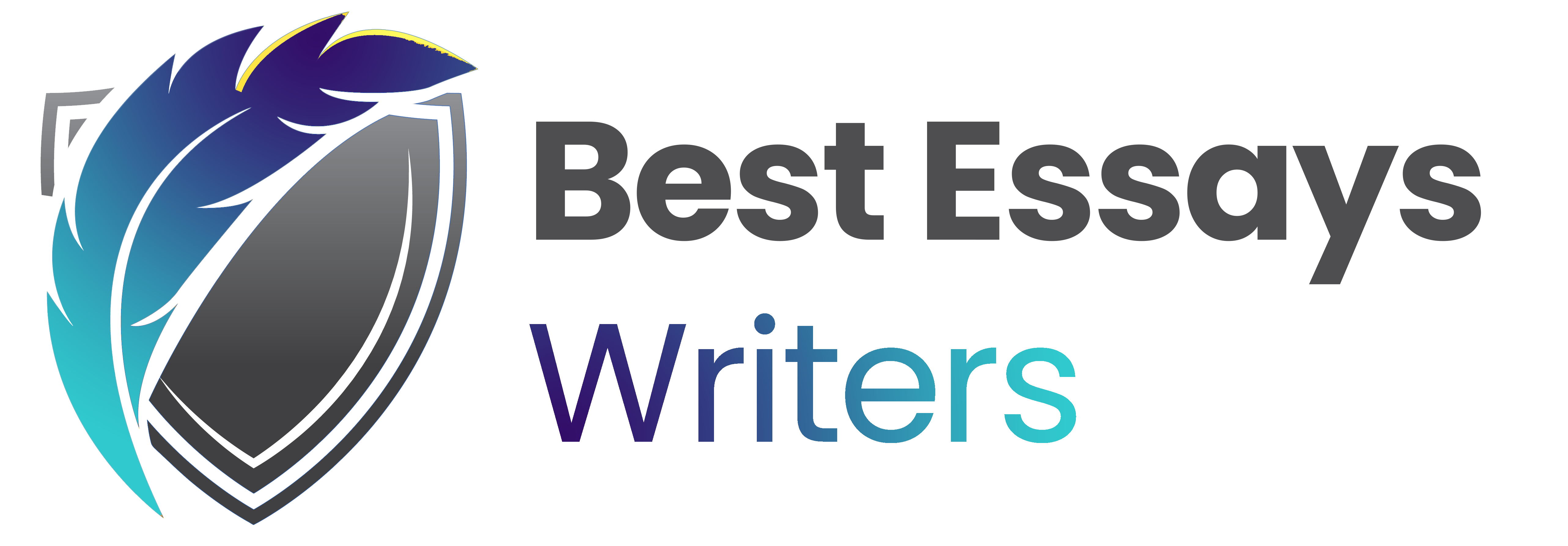- The best essay writing company you will ever find online
- +1(646) 814 8116
- bestessayswriters@gmail.com
Question 1E-mails are effective when used to:A. send long complex information.B.
Hello world!
May 27, 2020CRITICAL THINKING ABOUT THE BIBLE
January 5, 2021Question 1E-mails are effective when used to:A. send long complex information.B. avoid confrontation.C. exchange ideas.D. discuss sensitive issues.Question 2Which of the following is NOT a common element of e-mails?A. Subject lineB. Brief paragraph o
Question 1E-mails are effective when used to:A. send long complex information.B. avoid confrontation.C. exchange ideas.D. discuss sensitive issues.Question 2Which of the following is NOT a common element of e-mails?A. Subject lineB. Brief paragraph or paragraphsC. Formal closingD. Name of senderQuestion 3The use of e-mails is appropriate in communicating to:A. discipline an individual.B. discuss confidential information.C. respond to someone when you are angry.D. provide concise information.Question 4Which of the following is NOT a true statement about creating e-mails?A. A formal closing is not required.B. A formal closing should appear before the name.C. An e-mail should consist of just one topic.D. E-mail paragraphs should be three to four lines.
